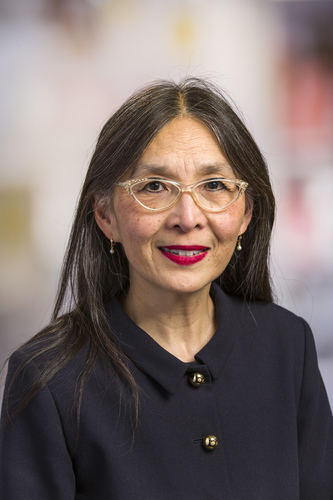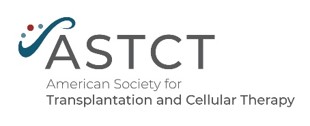Mortimer M. Bortin Lecture Summary by Dr. Shinichiro Okamoto: Challenges of Hematopoietic Cell Transplantation in Asia-Pacific Countries/Regions
At present hematopoietic cell transplantation (HCT) starts moving to the age of refinement. Enlightened use of innovative targeted and immunotherapeutic agents in combination with HCT promises to reduce relapse and further improve its outcome. Contemporary immunotherapies are already being effectively administrated in conjunction with HCT to prevent life-threatening viral infections or relapse of malignant diseases. However, translation of those promising approach into first-line clinical routine is still limited by the availability of technique, limited compatibility of classical phase III designs with cellular therapy, and regulatory restrictions. Multinational efforts and global collaboration of HCT societies are definitely required to overcome the obstacles.
In addition, the unique challenges in HCT remain in Asia-Pacific countries/regions. Although the activity of HCT in Asia-pacific countries/regions as a whole has kept growing in terms of the numbers of transplantations, about two third of Asia-Pacific countries/regions still remain in the age of exploration and expansion in HCT, where the infrastructure for supporting HCT, financial supports and regulatory policies for innovative therapies vary significantly from those in Western countries. The Asia-Pacific Transplantation Group (APBMT) was founded in 1992 and has been working for promoting the activity of HCT in Asia-Pacific countries/regions. The APBMT vision encompasses these important issues by providing emerging countries with training opportunities in HCT and ensuring the quality of HCT. APBMT will start HCT center accreditation project while harmonizing our approaches with the materials and recommendations of international accreditations. APBMT has also promoting the activity of transplant outcome registry in order to increase the opportunity of clinical studies among our regions. These are the big challenges of HCT in Asia-Pacific countries/regions, however, I believe great enthusiasm for HCT and the passion of Asian peoples have undoubtedly contribute to achieve this goal.




